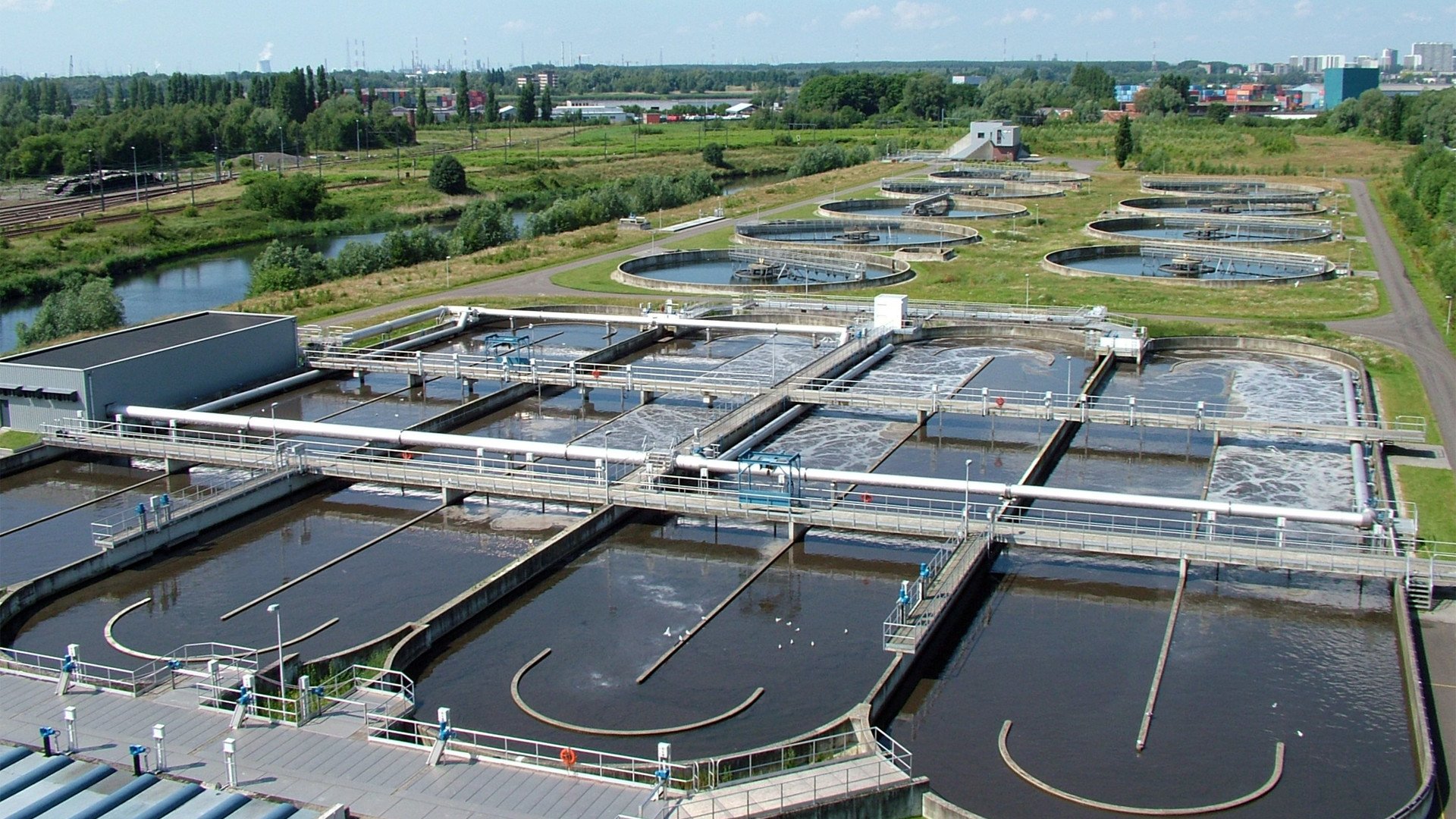Energy hog
Waste water treatment is major user of electricity. In western countries it is responsible for 2–3% of power consumption, of which over 30% is dedicated to removing nitrogen from the waste water. Two different types of microorganisms are currently being used in that process. One bacterium oxidises ammonia into nitrite, while the other bacterium oxidises this into nitrate. This is ultimately converted into gaseous nitrogen and burnt off. The type of bacterium which was accidentally discovered, known as the 'comammox'-bacterium (COMplete AMMonia OXidiser), converts the ammonia in waste water into nitrate in a single step.
Predicted existence
While this bacterium's existence was already predicted in 2006, it has taken more than a decade for it to actually be discovered. Yet the comammox bacteria turns out to be extremely common and readily present in the American drinking water system. Researchers of the Healthy Drinking Water project discovered it there by chance, after other research groups had already found it in water treatment plants and in groundwater.
Perfect opportunity
The 'old' two-step approach to removing ammonia has been contested for decades. Nearly thirty years have been spent investigating how energy could be conserved in the process. Dr Ameet Pinto, who led the research team, describes it as a breakthrough in a press release: 'The discovery was a tremendous surprise. [..] This is a perfect opportunity for the water treatment sector to adopt this breakthrough and implement it.' According to Pinto, this will lead to major cost reductions as well as a decrease in CO2 emissions, since much less energy will be required. The research team, led by the University of Glasgow, will be publishing the findings later this year.
Source: EPSRC

